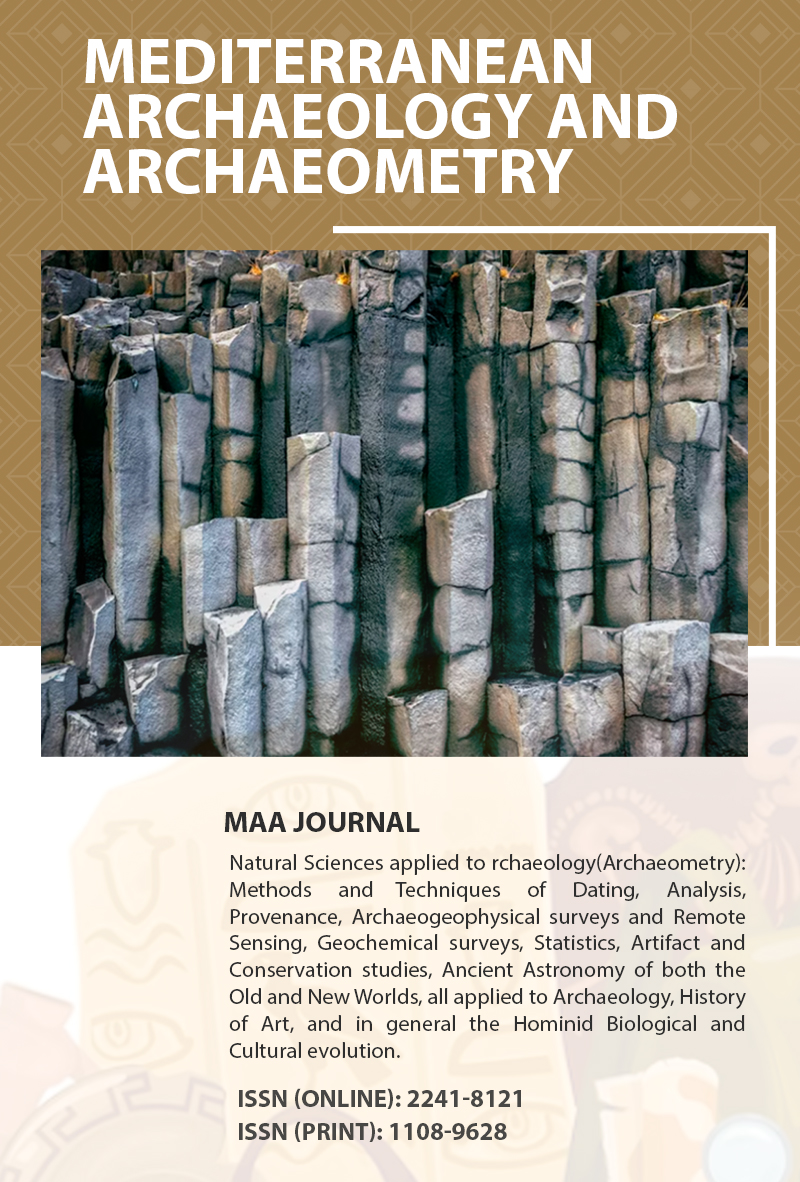THE KUDURRUS AND THE SKY. ANALYSIS AND INTERPRETATION OF THE DOG-SCORPION-LAMP ASTRAL PATTERN AS REPRESENTED IN KASSITE KUDURRUS RELIEFS
Keywords:
Kudurru, Symbols, Mesopotamian Astronomy, Late Bronze Age Mesopotamia, Kassite Cul- tureAbstract
Men have always been fascinated by the vault of heaven. The stars have been synonymous with immortality with their continuous and cyclical presence. Because of their immortality stars and planets were considered heavenly images of gods. With the rise of the Kassite dynasty, in the second half of the 2 nd millennium BC, a transformation happened in the religious thought and in the representation of the gods. A gradual but continuous transformation in their depiction could be noticed, with the introduction of the symbolic representation that substituted the anthropomorphic one. Symbolic divine representations are the main subject of the decoration of the kudurrus, the Babylonian boundary stones. Between them the crescent, the eight pointed star and the sun-disk take a prominent place, always being placed in the upper part of the kudurrus. Analyzing each symbol represented it is thus possible to note an iconographical change and some differences in their relative positions. The aim of this paper is to identify recurring symbolic patterns on Kassite kudurru reliefs, and to understand their meaning. Reconstructing the heavenly vault of the Kassite period, it is possible to make a comparison between the patterns identified and astral conjunctions. These patterns represent not only divine symbols, but also a probable time image of the sky, with its own specific meaning.










